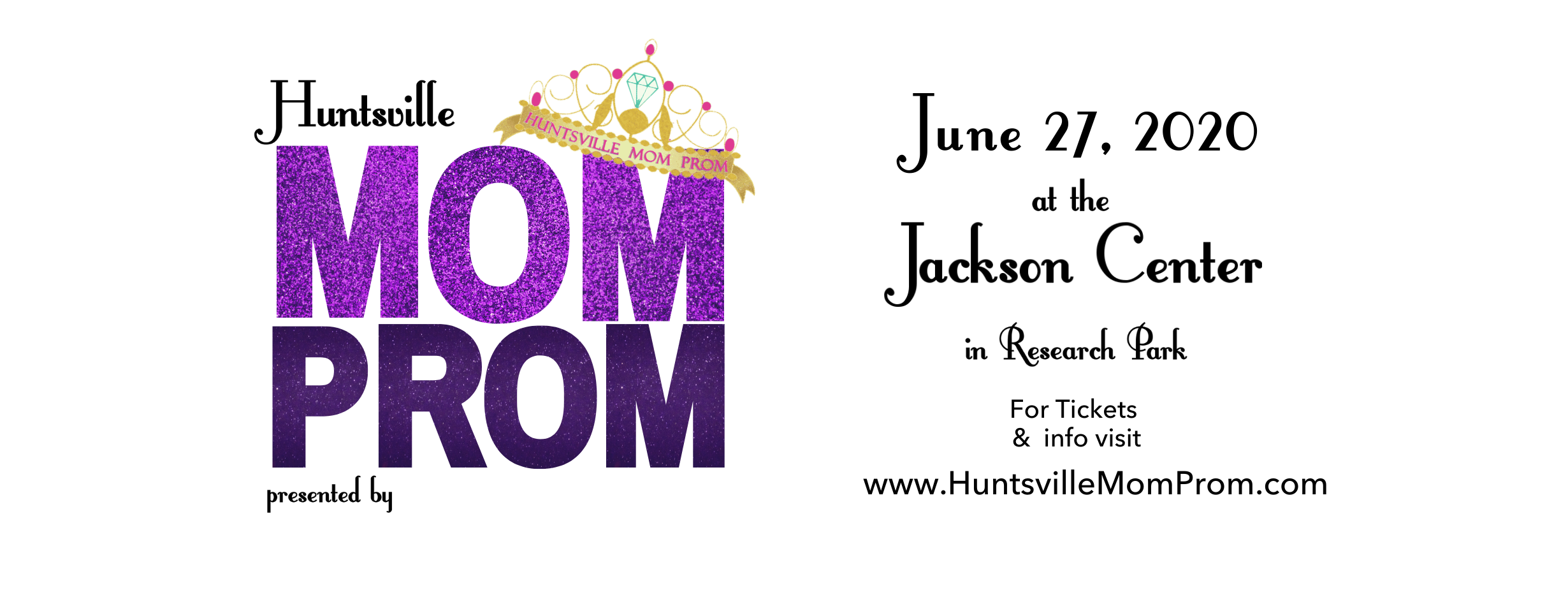Non-Disclosure Agreements: A Key Component in Protecting Your Patent
Patenting your invention is one of the crucial steps toward securing your intellectual property. Patents provide legal protection to inventors and allow them to prevent others from using, selling, or making their invention. However, before filing for a patent, it is important to protect your invention`s details with a non-disclosure agreement (NDA).
An NDA is a legal contract between two parties that restricts the sharing of confidential and proprietary information. NDAs are commonly used in business transactions where one party shares sensitive information with another party. In the case of patent filing, an NDA prevents disclosure of any details of the invention to the public or competitors.
Why do you need an NDA for your patent?
When you file a patent application, the information you disclose is made public. The application includes a description and drawings of your invention, which is then published by the patent office. This means that anyone can access the details of your invention, including your competitors.
Suppose you have a unique invention and want to protect it from theft or infringement. In that case, you need to ensure that no one else can use the information disclosed in your patent application. An NDA can help with that, as it binds the recipient to keep the information confidential and prevent them from using it for their own commercial purposes.
Who needs to sign an NDA?
If you are sharing your invention`s details with anyone, including potential investors and manufacturers, it is essential to have an NDA in place. The recipient should sign the NDA before you disclose any confidential information to them. The agreement should also specify the duration for which the information will be kept confidential.
Types of NDAs
There are two types of NDAs: unilateral and mutual. A unilateral NDA is when only one party is disclosing confidential information, and the other party is receiving it. A mutual NDA is when both parties are disclosing confidential information, and both parties agree to keep it confidential.
Key Components of an NDA
The following are the essential components of an NDA:
1. Definition of Confidential Information: The NDA should clearly define the confidential information and what it entails.
2. Obligations of the Recipient: The recipient of the confidential information should agree to keep it confidential and not use it for their own commercial purposes.
3. Term of the Agreement: The NDA should specify the duration for which the information will be kept confidential.
4. Exceptions to Confidentiality: The NDA should include exceptions to confidentiality, such as if the information becomes public knowledge.
5. Consequences of Breach: The NDA should specify the consequences of the breach of confidentiality, such as monetary damages or injunctive relief.
Conclusion
In conclusion, NDAs are a crucial component for protecting your invention`s confidential details and preventing competitors from using or stealing your idea. An NDA is necessary when sharing your invention`s details with potential investors, manufacturers, or any other parties. By having an NDA in place, you can protect your invention`s confidentiality and preserve your intellectual property rights. As a patent applicant, it is important to understand the significance of NDAs and ensure that you have one in place before disclosing any confidential information.

